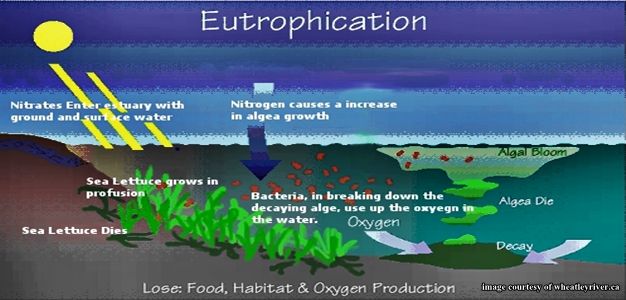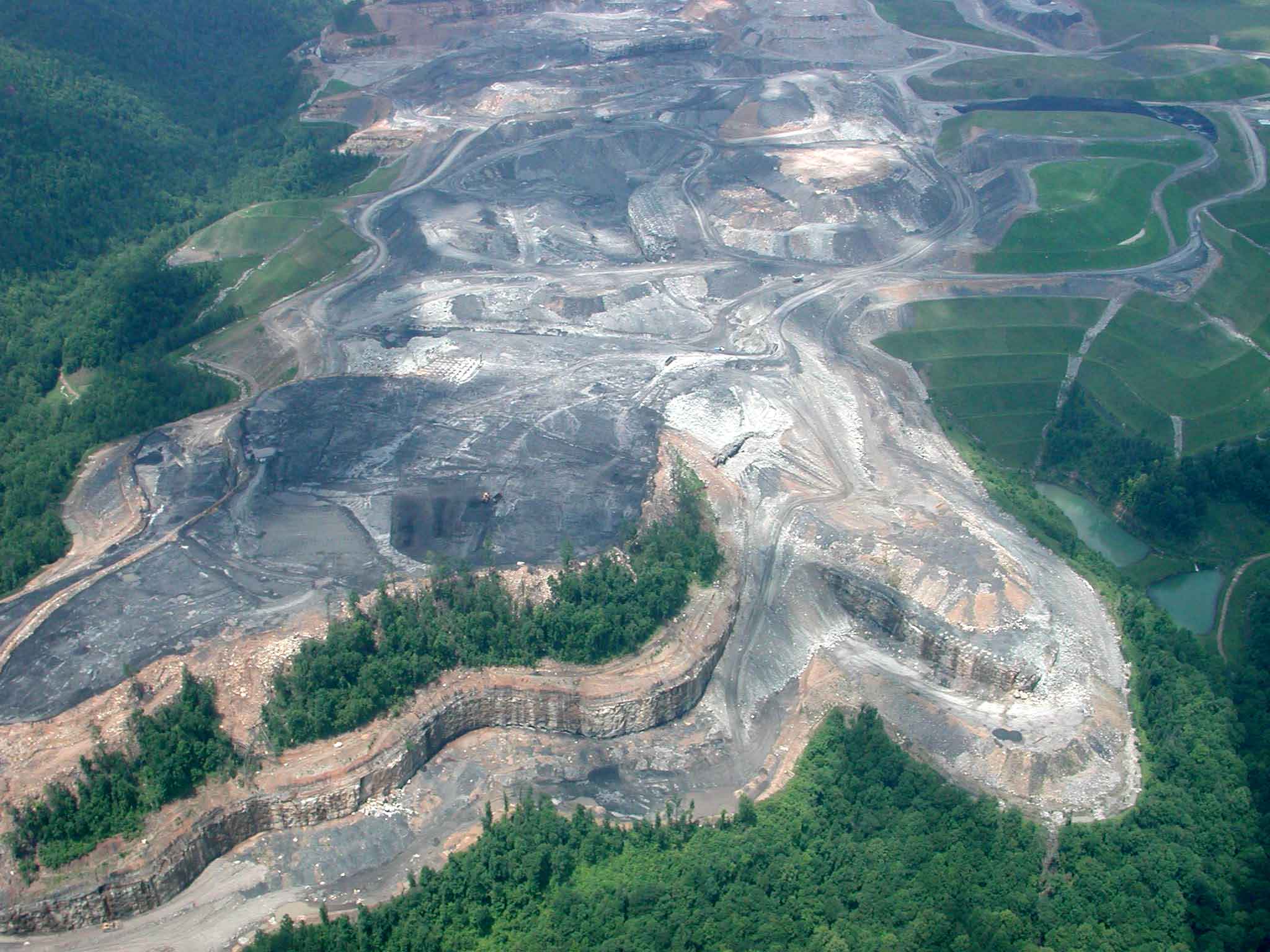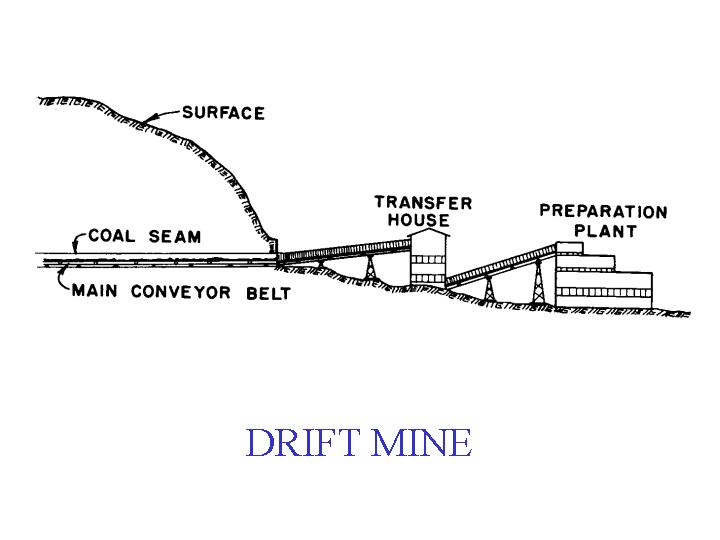Turbidity refers to the clarity of the water.This is how many suspended particles are in the water. The more particles the less clear the water. When there is more particles, less sunlight can penetrate into the water. This means there is less energy for photosynthesis to occur in the plants. When photosynthesis occurs oxygen is given off into the water; therefore, less energy for photosynthesis means less oxygen in the water for the aquatic animals to breath.

Temperature
Temperature is very important to water quality, because it contributes to other hydrology measurements like dissolved oxygen, pH, and conductivity. As a measurement itself, it plays its own role. Warmer temperatures allow less distribution of fish, because less types of fish can live in warm water. Cooler temperatures allow for many different types of aquatic species.

pH
In bodies of water, pH measures the acidity of the water. pH greater than 7 is basic, pH less than 7 is acidic, and pH of 7 is neutral. Most bodies of water have a pH level between 6.5 and 8.5. Most aquatic creatures are found absent in bodies of water with pH levels below 4 or above 10.

Dissolved Oxygen
Dissolved oxygen is sometimes confused with H20, water, but it is actually O2. Dissolved oxygen is molecular oxygen animals in water need to breathe. In water there is a lot less available oxygen available at average than in the air. The amount of oxygen available in the water determines what type of animals can live there. Variables that contribute to the oxygen are water temperature, atmospheric pressure, and salinity. Colder water allows more dissolved oxygen. The warmer the water, the more oxygen released. Higher elevations, which mean less pressure, allow less oxygen. When salinity of water increases, amounts of dissolved oxygen decrease. Another thing that contributes to the amounts of dissolved oxygen is the amount of plants in the water, because of photosynthesis.

Nitrate
There are different types of nitrogen found in water. The three main forms are ammonium, nitrite, and nitrate. The most important of these three is nitrate. It is an essential nutrient for the growth and reproduction of algae and other plants. Nitrate is usually brought into waters by rain, snow and fog. Although nitrogen is good fro water, excess amounts of nitrogen can cause tremendous growth of algae and other plants through the process of eutrophication. This excess plant growth can cause distaste and odor when water is used as drinking water or for other uses. The excess plant growth also causes reduced light levels, so plants die and give off bacteria which takes away the dissolved oxygen in the water.

Macroinvertebrates
Macroinvertebrates are small animals without a backbone that can be seen with the naked eye. They are larvae of many insects who start their lives in water and then become land dwelling insects, crustaceans, snails, worms, and leeches. Many species are sensitive to changes in pH, dissolved oxygen, temperature, salinity, and turbidity. One could sample a body of water to find the biodiversity of macroinvertebrates in the water and it would be a strong indicator of the water quality.

















